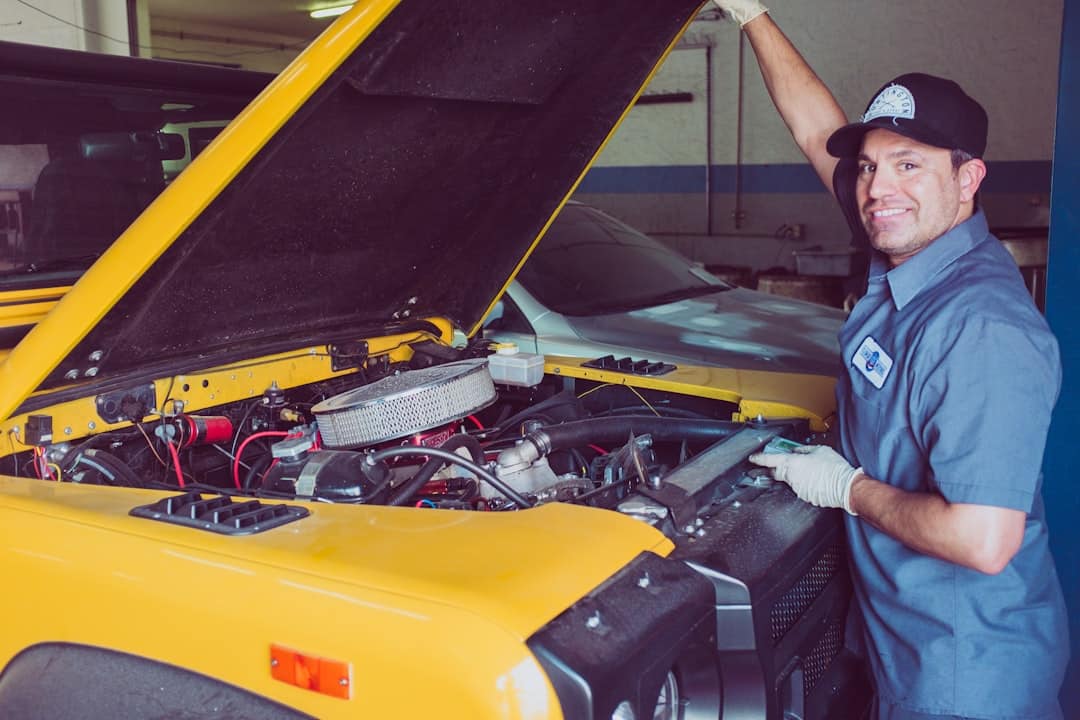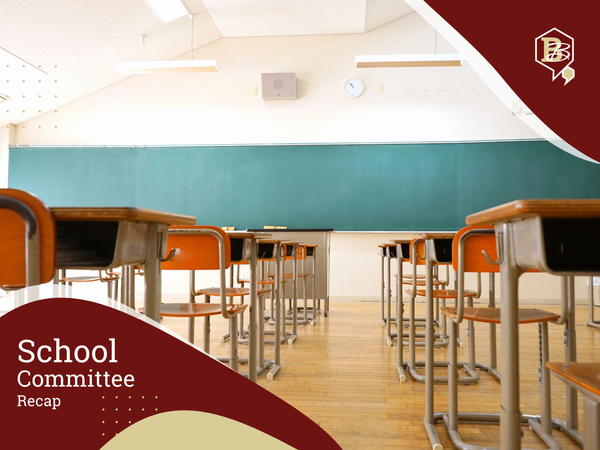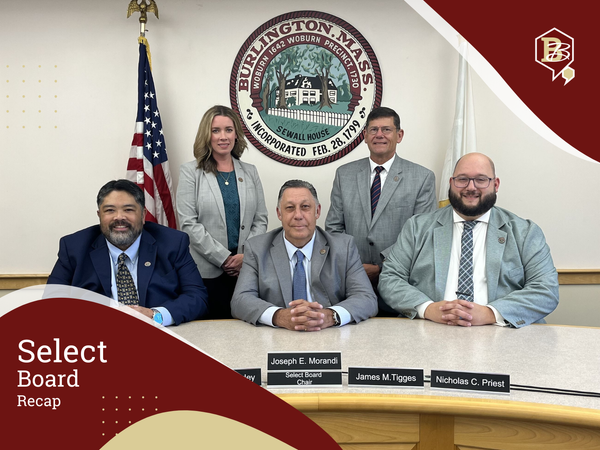Massachusetts Vocational-Technical Schools Adjust Admissions Policies and Practices to Broaden Access and Diversity
Nearly all vocational schools in MA report making changes

In an effort to expand access to a more diverse population of students, nearly 97% of the regional vocational-technical and agricultural high schools in Massachusetts made changes in their admissions policies, practices, or staffing over the past two years. That’s one of the key findings of a survey on admissions practices conducted by the Massachusetts Association of Vocational Administrators (MAVA), a statewide organization that advocates for high-quality career and technical education.
The survey, conducted by MAVA during the month of November, included 29 regional vocational-technical and agricultural high schools. Twenty-eight of these regional schools (96.6%) responded that they had made changes in their admissions policies, modified their admissions practices, or added admissions staff or training during the past two school years.
“What really stands out for me is that our member schools are very committed to improving their admissions procedures,” said Dr. Thomas J. Hickey, Superintendent-Director at South Shore Regional Vocational Technical High School in Hanover. “The state wanted our schools to analyze the admissions data, reflect on it, and make changes. And that’s exactly what the survey showed they’re doing.” Dr. Hickey helped design the survey and compiled its results.
In addition to the regional voc-tech schools and agricultural high schools, the MAVA survey included more than two dozen city vocational high schools, comprehensive high schools, and academic high schools with one or more state-approved Chapter 74 vocational-technical programs. Many of those schools also made changes. Of the 29 schools in that group, 13 of them (44.8%) reported making one or more admissions changes during the two admissions cycles surveyed.
In all, 59 schools received the survey. Considered in the aggregate, 41 of the 58 schools offering state-approved vocational-technical programs and responding to the survey (70.7%) reported they had made changes in admissions policies, practices, or staffing in preparation for the two admissions cycles. For the first year, 63.9% of all schools reported making changes in admissions policies, 47.5% made changes in admissions practices, and 37.7% reported adding admissions-related staff or training. For the second year, 41% of the schools reported making additional changes in policy, 32.8% reported additional changes in admissions practices, and 41% reported additional changes in staffing or training.
In most cases, these were the first significant changes in vocational schools’ admission practices in decades. Previously, vocational school admissions policies closely followed a model policy designed by the Massachusetts Department of Elementary and Secondary Education (DESE). Under state regulations that were in place for many years, vocational schools were encouraged to use four criteria in making admissions decisions: grades, attendance, discipline, and recommendations from sending school guidance counselors. Schools could also use an optional fifth criteria: a personal interview.
“Our members are clearly taking this issue very seriously,” said Dr. Andrew H. Linkenhoker, MAVA’s current president who serves as the Superintendent of Smith Vocational and Agricultural High School in Northampton. “We know we have limited seats in vocational and agricultural high schools and there’s a responsibility to make the best use of those limited resources in the fairest way possible for all students.”
In addition to making changes in their schools’ admissions policies, the MAVA survey found that eight schools added staff to conduct additional outreach or provide admissions help to special student population groups such as English language learners, to further address diversity and equity issues in their school, or to analyze admissions data; nine schools reallocated staff to support admissions; 12 schools arranged professional development on new admissions policies or to train admissions staff in conducting unbiased student interviews; and 11 adjusted interview questions, rubrics, or the size and scope of interview teams.
Several schools reduced the weight given to discipline in their admissions policies, increased the weight given to personal interviews, or added personal interviews as part of the application process. Two schools, Assabet Valley Regional Technical High School in Marlborough and Worcester Technical High School in Worcester, decided to adopt a lottery system for admissions. Three schools, Greater New Bedford Regional Vocational-Technical High School in New Bedford, Northeast Metropolitan Regional Vocational High School in Wakefield, and Essex North Shore Agricultural & Technical School in Danvers, decided to test a lottery in limited segments of their admissions process.
Schools making changes in their admissions policies, practices, or staffing reported that they would reevaluate the success of the new admissions changes at the end of each admissions cycle. They will make further adjustments if the new enrollment data suggests more changes are needed.
Since schools generally have only one full year of data under their new systems, several schools indicated it was too early to tell if the changes helped increase applications and acceptances in special student population groups. A few schools reported seeing some short-term improvement.
“Right now,” said MAVA Executive Director Steven C. Sharek, “our schools need one thing: time – time to see whether these changes are working and to fine-tune them as we gather and analyze more data. For the first time in decades, the state has asked us to rethink and redesign the way we handle admissions. We want to do this right.”
As part of the survey, schools also reported that they need better access to seventh- and eighth-grade students so they can make middle school students aware of the benefits of pursuing a vocational education. They noted that new state regulations and guidance documents require middle schools whose communities are members of vocational school districts to allow eighth-grade students to go on tours of their local vocational technical high schools to learn about those opportunities, but not all middle schools are complying with the regulations.
In some cases, the new regulations have improved access to seventh- and eighth-grade students in middle schools that had previously restricted it or blocked it altogether. MAVA school leaders believe that more firsthand, in-person access will spark more interest and lead to enrollment of more students from special student population groups which previously may have had only limited exposure to vocational-technical or agricultural education.
This process was initiated approximately two years ago when a coalition of civil rights advocates called for change, claiming that vocational school admissions policies were unfair to certain student population subgroups, including students of color, those whose primary language is not English, the economically disadvantaged, and those with disabilities.
After months of public discussion, DESE asked vocational schools with admissions policies to review and reflect upon their admissions data and compare the overall district-wide percentages of special student population groups in sending-school communities to the overall percentages of special student population groups actually enrolled in those vocational schools.
Vocational schools then began analyzing data and changing their admissions policies, practices, and staffing.
MAVA is a statewide non-profit organization with more than 60 member schools. At the time of the survey, it had 59 members. Its member schools enroll more than 51,250 students in high-quality Chapter 74 vocational-technical education programs.
Additional information about MAVA and its programs can be found on its website: www.MAVA.us.



